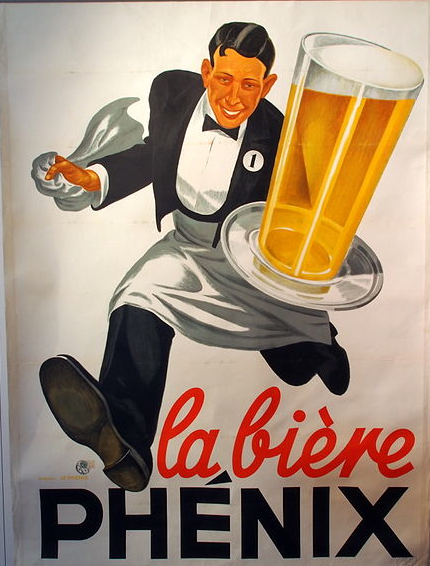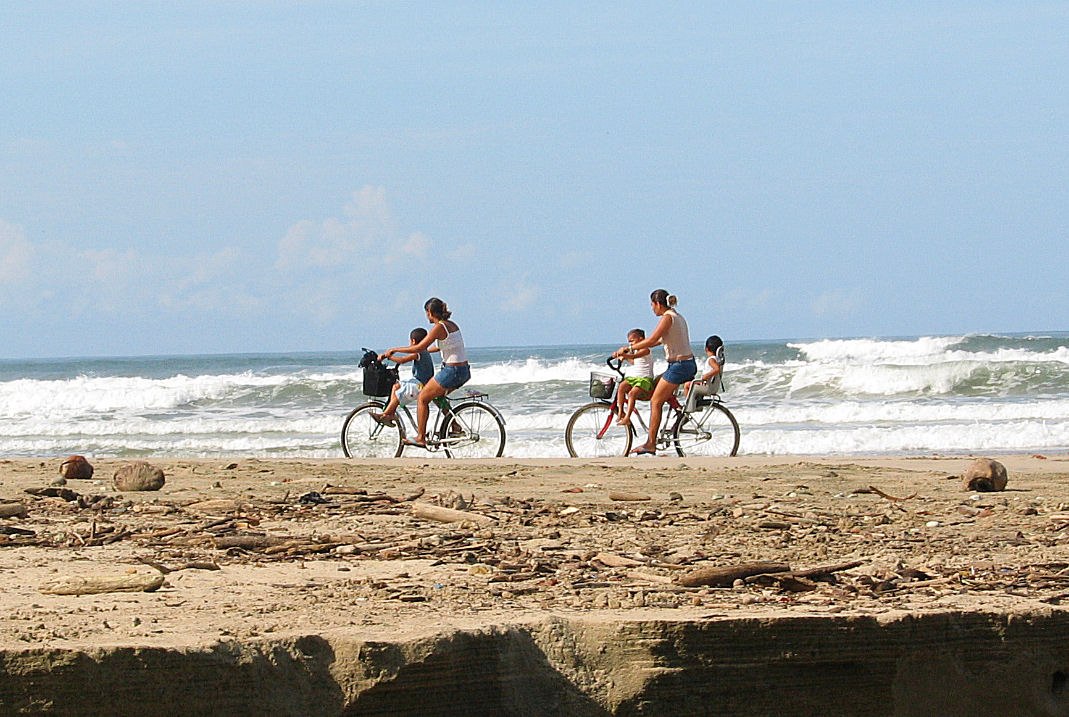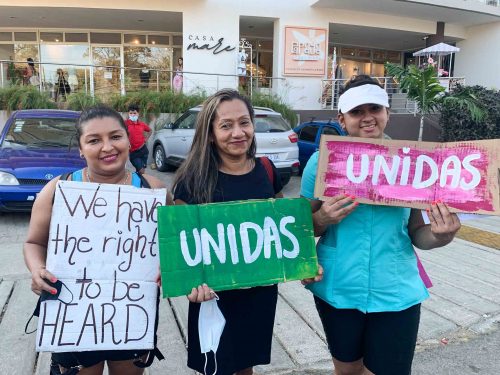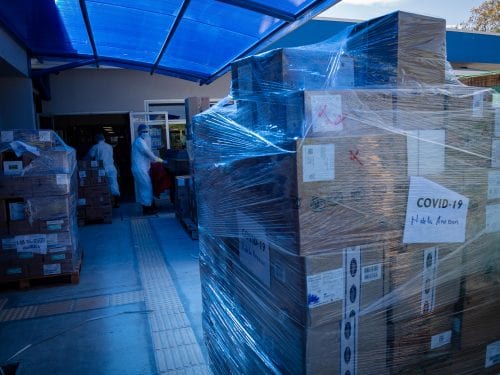
The 10% service charge on your bistro bill is not nearly enough to fund a living wage for a Nosara waiter. To make our service economy work, tipping your waiter is essential.
If you’ve ever waited tables at a busy tourist restaurant, you know how hard you work for your money. How much you earn in an evening is based on both the luck of the draw—who gets the best tables—and the quality of service you provide.
Tico wages for service workers are low and the work comes and goes with the tourist seasons. In the United States, based on one survey of credit card slips by Iowa State University, the mean tip was $3.00 on a mean per person bill of $19.78 or a tipping rate of about 15%.
From a waiter’s perspective, the average of 15% (and often much lower) is added to a federal sub-minimum wage of $2.13 for a total average hourly wage, including tips for a restaurant employee in the United States of $11.82 as of June 2012.
For restaurant workers in Costa Rica, the norm appears to be much less. For many years, the 10% added to your check has gone to management to make payroll for all wait staff. In a wrinkle that has restaurant owners upset, the Costa Rican supreme court (Sala IV) ruled last year that the mandatory 10% must be included in reported wages in the calculation of social security (caja) and the aguinaldos, or Christmas bonuses.
The one variable that will help provide waiters with a living wage for their families is your voluntary tip. Rather than a few coins, simply look at the 10% service charge—which is actually for wages—and add another 10%. Or more. It’s your contribution to pura vida.







Comments